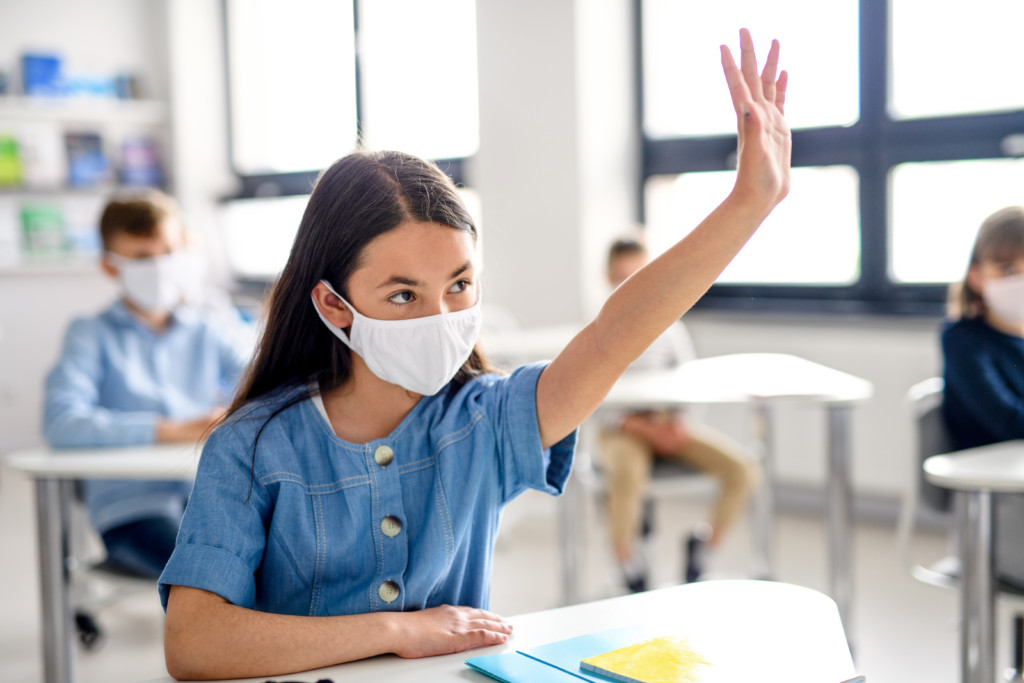 Editor’s note: There’s no one-size-fits-all answer to educating students in person during a pandemic. But schools and districts across the country have found things that work for them and that may be options for other places as they navigate the months before widespread vaccination. This article originally appeared Dec. 2 on politico.com.
Editor’s note: There’s no one-size-fits-all answer to educating students in person during a pandemic. But schools and districts across the country have found things that work for them and that may be options for other places as they navigate the months before widespread vaccination. This article originally appeared Dec. 2 on politico.com.
There’s no blueprint for how or whether to open schools during a pandemic, leaving districts across the country to draw up their own.
What has emerged is a patchwork of strategies that reveals lessons about what works — and what doesn’t. Or what has worked at least sometimes. Big districts with deep pockets point to regular COVID-19 testing for teachers and students as the only option. Other districts are giving families — and teachers — a choice in the matter, leaving it up to individuals if they want to reenter classrooms. Some schools are prioritizing ventilation, contact tracing and access to computers at home.
Districts across the U.S. seem to agree that the most at-risk students should have access to in-person learning first and foremost, and that a hybrid attempt, allowing at least some in-person teaching, is better than a rush back to the real thing or nothing at all.
Education equity concerns are starting to edge out virus concerns, and states are weighing the risks and rewards of reopening schools. Coming off of little national guidance other than President Donald Trump’s imperative to open schools, the pressure is on President-elect Joe Biden to deliver his campaign promise of more emergency funding for schools and “clear, consistent, effective” national guidelines.
Until then, here’s what schools can learn from districts that have forged ahead on their own.
Continue reading here.


